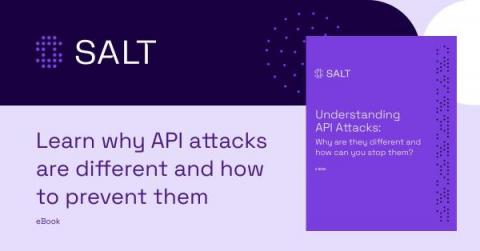Why Is PowerShell So Popular for Attackers?
There is an old saying: “One person’s tool is another person’s weapon.” That is certainly true of Windows PowerShell. Included with every Windows operating system today, this powerful command-line shell and scripting language is used by IT professionals for system administration, remote management, cybersecurity, software development and more.











